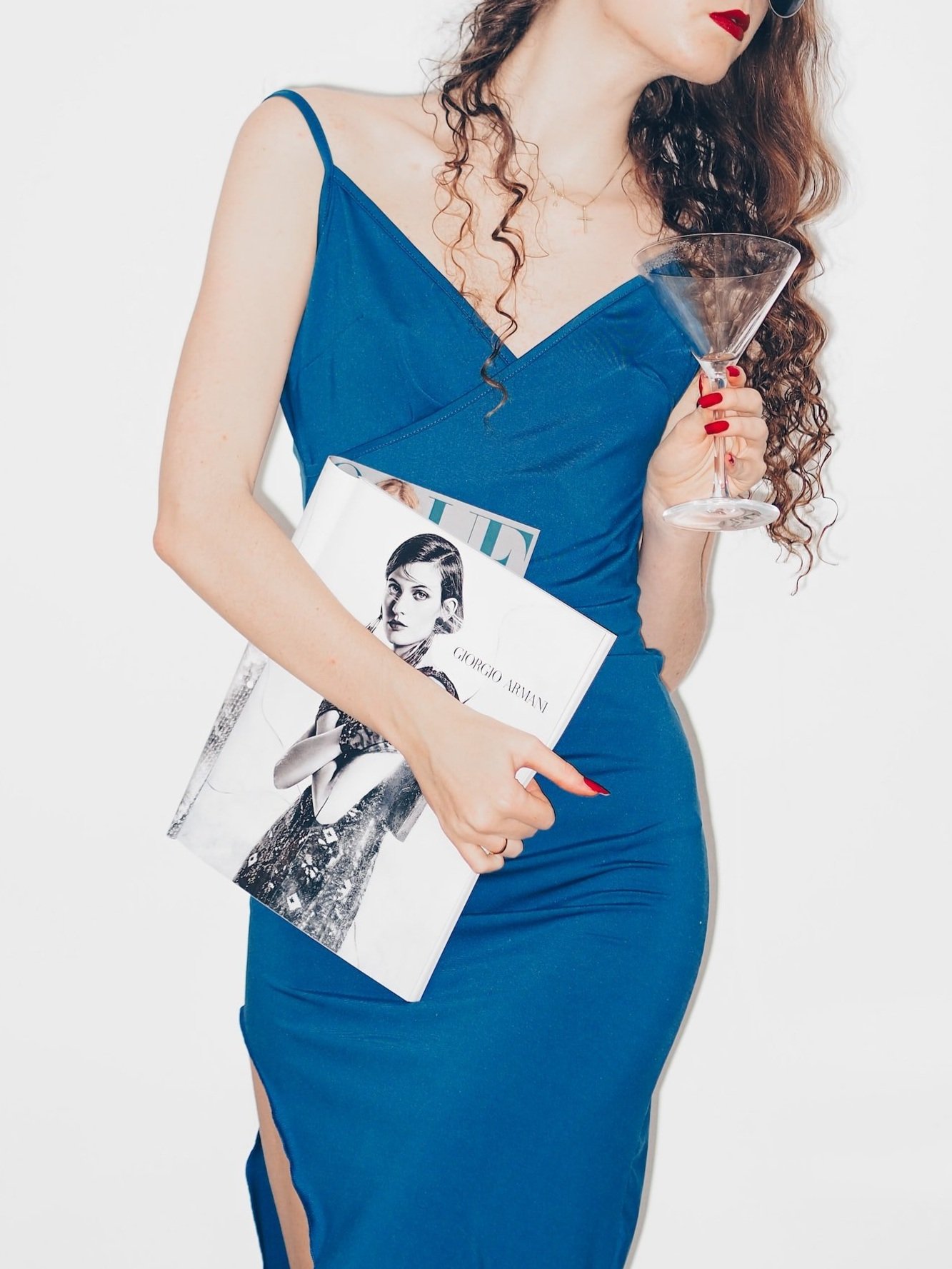THE PSYCHOLOGY OF COLOR: HOW YOUR CLOTHING CHOICES IMPACT YOUR MOOD AND MINDSET
Learn how to become a well dressed woman and curate a personal style and wardrobe that you absolutely love. This mini course will cover everything from helping you identify and develop your personal style to building a timeless wardrobe, shopping intentionally, and creating outfit formulas that take the guess work out of getting dressed everyday.
Have you ever noticed that certain colors make you feel a certain way? Maybe when you wear red, you feel more confident and powerful, or when you wear blue, you feel calmer and more serene. It turns out, there is a scientific explanation for this. The colors you wear can have a profound impact on your mood and mindset. In this article, we'll dive into the fascinating world of color psychology and explore how different hues can influence your emotions. We'll also give you some practical tips on how to use color to your advantage in your wardrobe. Are you ready to discover the power of color? Let's dive in.
The Basics of Color Psychology
To understand how colors impact our mood and mindset, it's helpful to start with the basics of color psychology. Colors can evoke certain emotions and convey messages, which is why they play a significant role in marketing, advertising, and design. From red signaling passion and excitement to blue conveying calmness and trustworthiness, each hue has its own unique meaning. In the next section, we'll explore the different colors and their meanings.
Colors and Their Meanings
Each color has its own unique meaning and conveys a different message to those who see it. Red, for example, is often associated with passion, excitement, and danger. This is why it's often used in marketing and advertising to grab people's attention and create a sense of urgency. On the other hand, blue is a calm and trustworthy color, often used to convey stability and security.
Yellow, which is often used in children's toys and advertising, can represent happiness and optimism, but can also be associated with caution and warning. Green is a peaceful and relaxing color, associated with nature and growth. Purple, on the other hand, is often associated with royalty and luxury, but can also represent creativity and imagination.
Black is commonly associated with power and sophistication, but can also represent negativity and mourning. White, on the other hand, can represent purity and innocence, but can also convey sterility and emptiness.
Understanding the meanings behind different colors can help you make informed choices about what clothes to wear and what messages you want to convey.
The Impact of Color on Mood and Mindset
Understanding the meanings behind different colors is just the first step in making informed choices about what clothes to wear. The colors you choose can significantly impact your mood and mindset. For example, wearing warm colors like red or orange can make you feel more energized and confident, while cooler colors like blue or green can have a calming effect on your mood. Additionally, wearing bright colors can increase feelings of happiness and positivity, while darker colors may have a more somber impact or make you feel more subdued. By selecting the right colors for your outfit, you can use them to your advantage and create a mood and mindset that will work for you throughout the day.
Using Color to Your Advantage in Your Wardrobe
Incorporating color into your wardrobe can be a powerful tool in creating the right mood and mindset for your day. When choosing your outfit, consider your intentions for the day and how color can support them. For example, if you have a big presentation or job interview, wearing a red blouse or tie could help boost your confidence and energy.
On days when you need a bit more calm, opt for cooler colors like blue or green. These hues are great for days when you need to focus and concentrate, or for unwinding after a long day.
Bright colors like yellow or pink can add a sense of joy and optimism to your outfit, while darker colors such as black or navy may convey a sense of seriousness or professionalism.
Experiment with different color combinations and see how they make you feel. You may find that certain colors or combinations work better for you than others. By using color as a tool in your wardrobe, you can create a sense of empowerment and control over your day.
Understanding the psychology of color and its impact on mood and mindset can be a useful tool in crafting a wardrobe that aligns with your goals and personality. By selecting the appropriate hues for each occasion, you can harness the power of color to elevate your confidence, reduce stress, and express yourself authentically. So next time you reach for your outfit of the day, consider the message you want to convey and let color be your ally in achieving your objectives. As renowned designer Oscar de la Renta once said, "Fashion is about dressing according to what's fashionable. Style is about being yourself."


